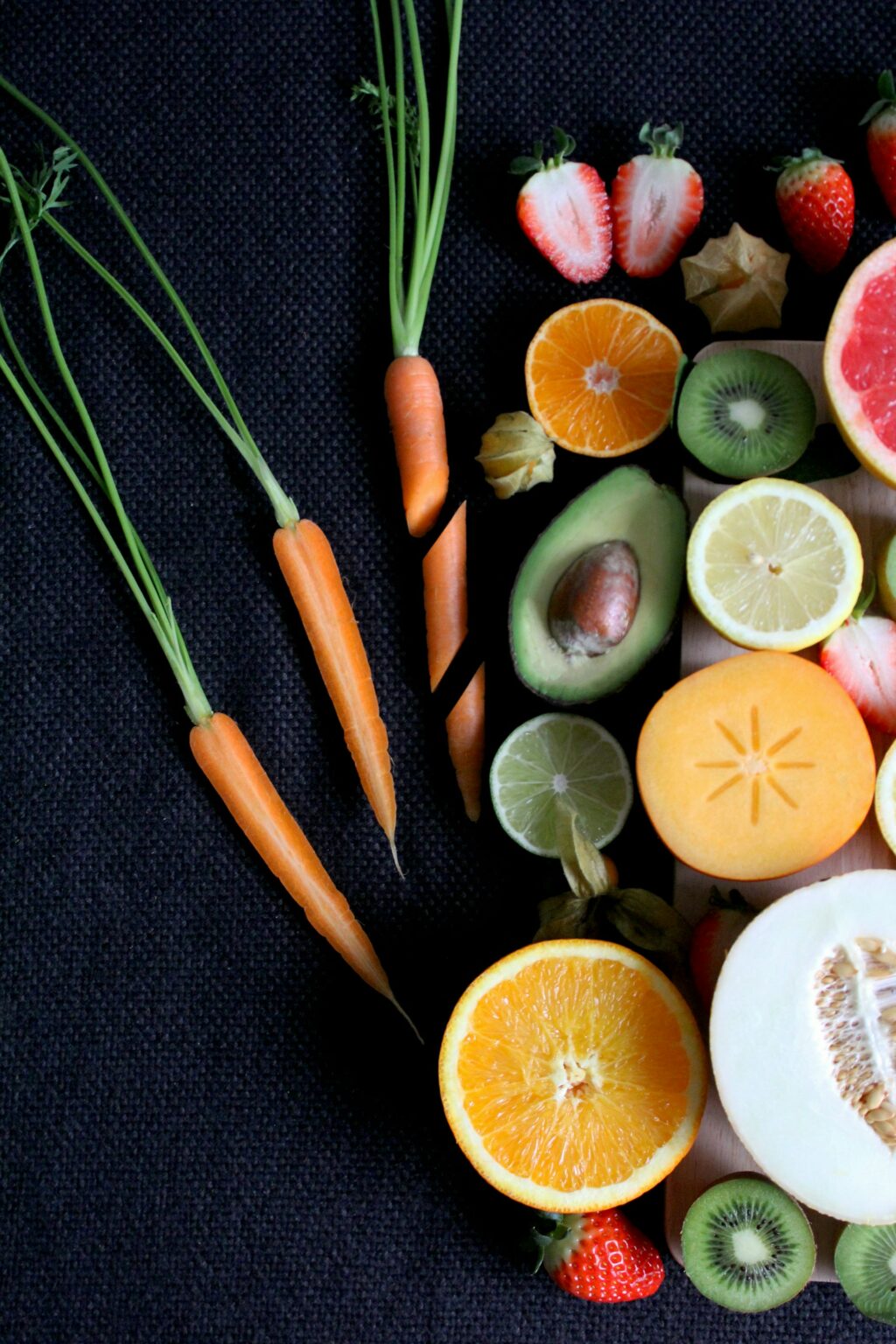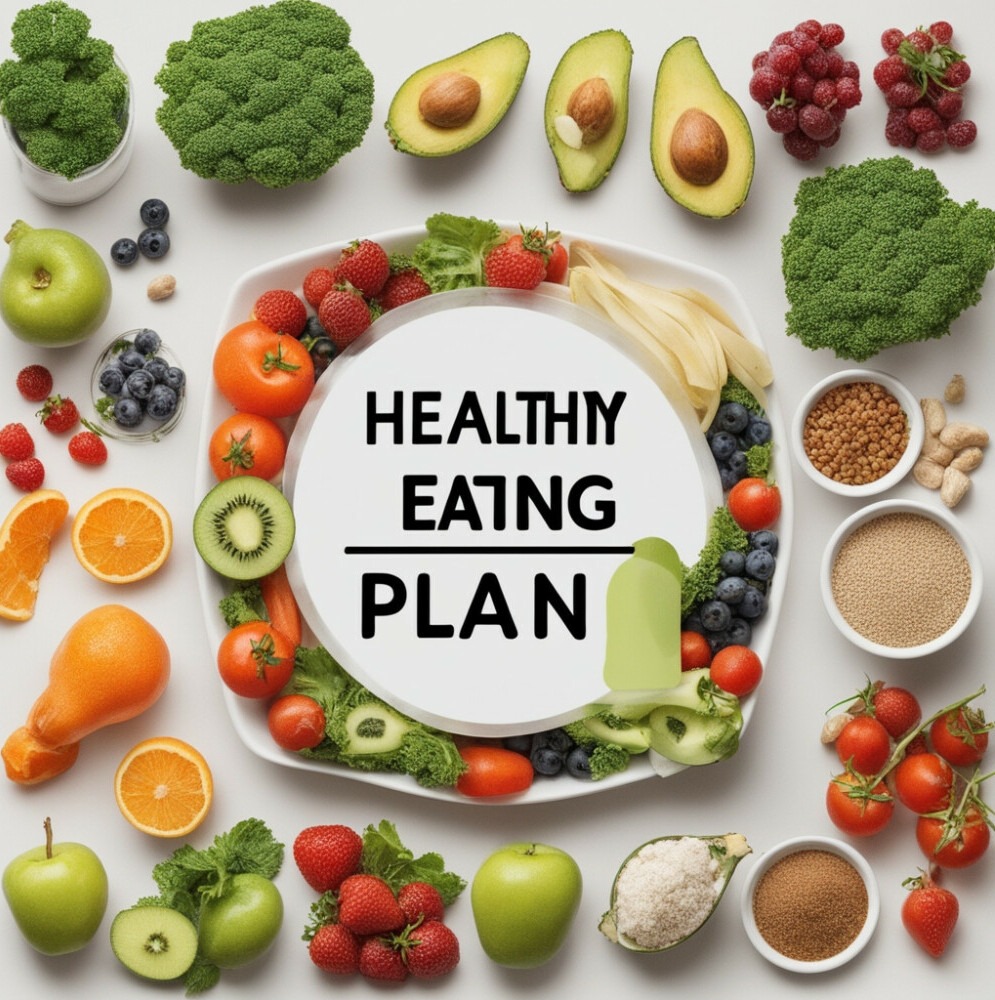
Maintaining a healthy eating plan is crucial for overall well-being and achieving weight loss goals. But which is the best healthy eating plan?
A balanced diet not only helps manage weight but also reduces the risk of chronic diseases, improves energy levels, and supports mental health.
In this blog post, we’ll explore what constitutes the best healthy eating plan and provide three exemplary diet plans to get you started on your journey to better health.
Best Healthy Eating Plan
We all need food but we should also be taking the quality of our food into consideration. There’s a large variety of diets on the market but no one is talking about the best healthy eating plan.
A healthy eating plan should do a number of things, it should first and foremost help to keep you healthy. Secondly, it should deliver essential nutrients necessary for body maintenance, repair and muscle growth.
Your food has a major role in our well being and when we incorporate a healthy eating plan, all essential are met.
What Is a Healthy Eating Plan?
A healthy eating plan involves consuming a variety of foods to ensure you get all the essential nutrients your body needs. It emphasizes the balance of nutrients, proper portion sizes, and wise food choices. A well-rounded diet includes:
- Fruits and vegetables: Rich in vitamins, minerals, and fibre.
- Whole grains: Provide energy and fibre.
- Proteins: Essential for muscle repair and growth; include lean meats, fish, eggs, beans, and nuts.
- Healthy fats: Found in avocados, nuts, seeds, and olive oil.
- Dairy or alternatives: Important for calcium and vitamin D.

The Mediterranean Diet: A Gold Standard
The Mediterranean diet is often hailed as one of the best healthy eating plans. It focuses on heart-healthy foods, emphasizing fresh fruits, vegetables, whole grains, and healthy fats, particularly from olive oil.
Key Components:
- Fresh fruits and vegetables: Tomatoes, spinach, cucumbers, and oranges.
- Whole grains: Brown rice, quinoa, and whole-wheat pasta.
- Healthy fats: Olive oil, nuts, and seeds.
- Proteins: Fish, poultry, beans, and legumes.
- Dairy: Cheese and yogurt in moderation.
Sample Meal Ideas:
- Breakfast: Greek yogurt with honey, nuts, and fresh berries.
- Lunch: Quinoa salad with chickpeas, cucumbers, tomatoes, and a drizzle of olive oil.
- Dinner: Grilled salmon with a side of roasted vegetables and a mixed greens salad.
DASH Diet: Low Salt for Hypertension
The DASH (Dietary Approaches to Stop Hypertension) diet is specifically designed to combat high blood pressure. It focuses on reducing sodium intake and increasing the consumption of heart-healthy foods.
Best Healthy Eating Plan – Key Components:
- Low sodium: Limit salt and high-sodium foods.
- Fruits and vegetables: Emphasize a variety of colourful produce.
- Whole grains: Oats, barley, and whole-wheat bread.
- Lean proteins: Chicken, fish, and beans.
- Low-fat dairy: Milk, cheese, and yogurt.
Sample Meal Plans:
- Breakfast: Oatmeal topped with fresh berries and a splash of low-fat milk.
- Lunch: Spinach and chicken salad with a light vinaigrette.
- Dinner: Baked cod with a side of steamed broccoli and brown rice.
Clean Eating Basics
Clean eating revolves around consuming whole, unprocessed foods, ensuring that meals are as close to their natural state as possible. This approach minimizes the intake of additives and preservatives.
Best Healthy Eating Plan – Key Components:
- Whole, unprocessed foods: Fresh fruits, vegetables, and whole grains.
- Lean proteins: Chicken, turkey, fish, and plant-based proteins.
- Healthy fats: Nuts, seeds, and avocados.
- Avoid processed foods: Minimize foods with added sugars and refined grains.
Best Healthy Eating Plan – Clean Eating Meal Ideas:
- Breakfast: Smoothie with spinach, banana, almond milk, and a scoop of protein powder.
- Lunch: Grilled chicken wrap with whole-wheat tortilla, mixed greens, and hummus.
- Dinner: Stir-fried tofu with mixed vegetables and quinoa.
Days of Healthy Meals on a Budget
- A dietitian has planned a week of heart-healthy meals and snacks for two people, all under £55. Here’s a sample menu:
-
- Monday:
-
- Breakfast: Porridge with skimmed milk and sliced banana.
- Lunch: Lentil and vegetable soup with wholemeal bread.
- Dinner: Jacket potato with sardines in tomato sauce and peas.
- Tuesday:
-
- Breakfast: Wholegrain toast with boiled egg and tomato.
- Lunch: Carrot and parsnip soup with wholemeal bread.
- Dinner: Homemade vegetable and bean goulash with brown rice.

Practical Tips for a Balanced Diet
The NHS Eatwell Guide provides a comprehensive framework for balanced eating. Here are some practical tips based on the guide:
Key Recommendations:
- 5 portions of fruits and vegetables daily: Include a variety of colours and types.
- Base meals on high-fibre starchy foods: Potatoes, whole grains, and legumes.
- Include dairy or alternatives: Opt for low-fat options where possible.
Best Healthy Eating Plan – Practical Advice:
- Meal planning: Plan your meals ahead of time to ensure variety and balance.
- Grocery shopping: Make a list based on your meal plan, sticking to the outer aisles of the store where fresh produce and whole foods are usually found.
We can expand on these practical tips for a balanced diet. Which will give you more variety and ultimately more choices.
Here are some practical tips for maintaining a balanced diet:
- Eat a Variety of Foods:
- Include a wide range of food groups in your meals. This ensures you get a diverse mix of nutrients, vitamins, and minerals. Aim for fruits, vegetables, whole grains, lean proteins, and healthy fats.
- Portion Control:
- Pay attention to portion sizes. Use smaller plates to avoid overeating. Listen to your body’s hunger and fullness cues.
Best Healthy Eating Plan – Hydrate Well
- Drink plenty of water throughout the day. Staying hydrated is essential for overall health.
- Choose Whole Grains:
- Opt for whole grains like brown rice, quinoa, oats, and whole wheat bread. They provide more fibre and nutrients than refined grains.
- Include Lean Proteins:
- Incorporate lean protein sources such as chicken, fish, tofu, beans, and legumes. These help build and repair tissues.
- Limit Added Sugars and Salt:
- Be mindful of added sugars in processed foods and sugary drinks. Also, reduce your salt intake to support heart health.
- Healthy Fats:
- Include sources of healthy fats like avocados, nuts, seeds, and olive oil. These are good for brain function and overall well-being.
- Snack Smartly:
- Choose nutritious snacks like Greek yogurt, fruits, or raw veggies. Avoid sugary or high-calorie snacks.
- Plan Ahead:
- Plan your meals and snacks in advance. This helps you make healthier choices and avoid impulsive eating.
- Listen to Your Body:
- Pay attention to hunger and fullness cues. Eat when you’re hungry and stop when you’re satisfied.
Remember, balance is key! Adapt these tips to your lifestyle and preferences.

My Conclusion On Best Healthy Eating Plan
A healthy eating plan is essential for maintaining good health, managing weight, and preventing chronic diseases. Whether you choose the Mediterranean diet, DASH diet, or clean eating, finding a plan that suits your lifestyle is crucial.
Remember, the best healthy eating plan is one that you can stick to in the long term, promoting overall wellness and happiness.
Healthy Eating References From:
- 7 days of healthy meals on a budget – BHF
- Simple Clean Eating Meal Plan, Created by a Dietitian
- Eating a balanced diet – NHS
- The Harvard Medical School 6-Week Plan for Healthy Eating
If, you’ve enjoyed what you have read, please share it. If, you have any questions or comments please leave them below.
Ultimate Training Gear.






